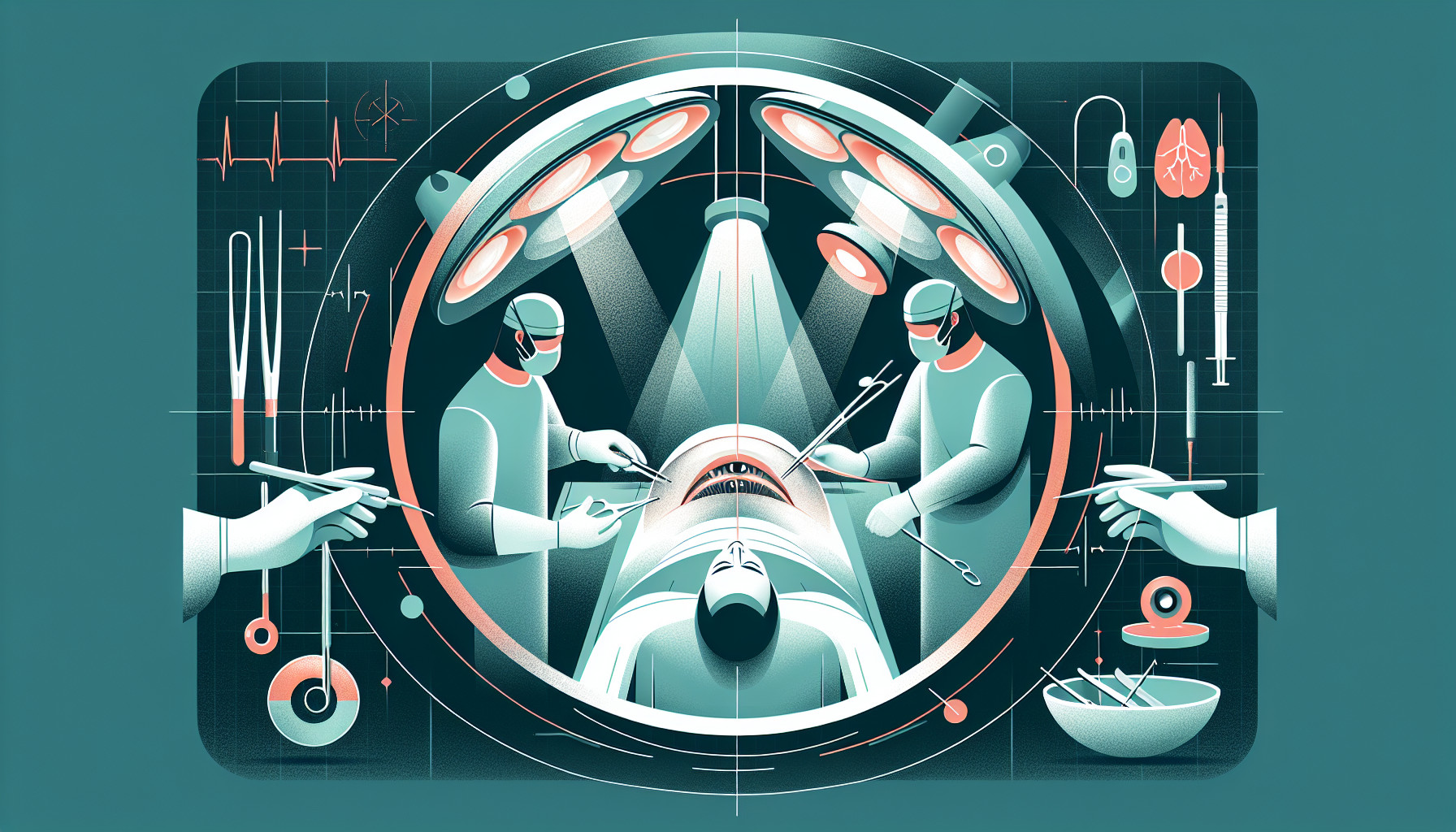Our Summary
This review paper talks about the combination of cataract surgery with a procedure called endothelial keratoplasty (EK), which is used to treat diseases of the cornea, the clear part at the front of the eye. The paper discusses important factors to consider during this combined surgery, such as the choice and calculation of an artificial lens (intraocular lens or IOL), whether to perform the procedures separately or at the same time (sequential or triple EK), and how to adapt surgical techniques and after-surgery care.
Improved imaging techniques have made it easier to detect swelling in the cornea, which helps surgeons decide whether EK is necessary. Recent studies show that performing the surgeries separately or together both lead to similar vision results. However, doing them together may lead to faster recovery, but possibly with higher chances of complications.
The use of certain gases in the surgery is still being studied, with mixed results on whether they help to prevent the graft (transplanted tissue) from detaching. The choice of artificial lens is also very important, as some can cause unexpected vision changes, and certain types of lenses should be avoided due to the risk of them becoming cloudy after the EK procedure.
In summary, combining cataract surgery with EK can effectively treat patients with corneal diseases and cataracts. Better results can be achieved with careful planning before the surgery, choosing the right artificial lens, and using advanced surgical techniques. However, the choice between sequential and triple EK should be made on a case-by-case basis.
FAQs
- What is the combined approach of cataract surgery with endothelial keratoplasty (EK)?
- What are the key considerations when deciding between sequential and triple-EK?
- How does intraocular lens (IOL) choice affect the outcome of cataract surgery with EK?
Doctor’s Tip
A helpful tip that a doctor might tell a patient about cataract surgery with endothelial keratoplasty is to ensure careful preoperative evaluation and discussion regarding the choice between sequential and triple-EK procedures. Additionally, it is important to select the appropriate intraocular lens to minimize the risk of hyperopic refractive surprises and avoid hydrophilic lenses to prevent opacification after EK. Postoperative management and follow-up care are crucial for optimal outcomes.
Suitable For
Patients who are typically recommended for cataract surgery include those with significant visual impairment due to cataracts, which can cause symptoms such as blurry vision, glare, and difficulty seeing at night. Additionally, patients with corneal endothelial diseases, such as Fuchs’ endothelial dystrophy or bullous keratopathy, may benefit from combined cataract surgery with endothelial keratoplasty (EK) to improve both their cataract-related visual impairment and underlying corneal condition. The decision to undergo combined surgery should be made in consultation with an ophthalmologist, taking into consideration individual patient factors and the potential risks and benefits of the procedure.
Timeline
Before cataract surgery:
- Patient experiences symptoms of blurry vision, glare, and difficulty seeing at night.
- Patient undergoes a comprehensive eye exam to determine the presence and severity of cataracts.
- Patient discusses with their ophthalmologist about the need for cataract surgery and potential treatment options.
- Preoperative measurements and tests are conducted to determine the appropriate intraocular lens (IOL) power for the surgery.
After cataract surgery:
- Patient undergoes cataract surgery, which involves removing the cloudy lens and replacing it with a clear IOL.
- Patient may experience mild discomfort, sensitivity to light, and blurry vision immediately after surgery.
- Patient is advised to follow postoperative care instructions, including using prescribed eye drops, avoiding strenuous activities, and attending follow-up appointments.
- Patient’s vision gradually improves over the following days and weeks, with optimal results typically seen within a few months.
- Patient may need to undergo additional procedures, such as endothelial keratoplasty (EK), if they have corneal endothelial diseases in combination with cataracts.
- Patient’s ophthalmologist monitors their progress and adjusts treatment as needed to ensure the best possible visual outcomes.
What to Ask Your Doctor
Some questions a patient should ask their doctor about cataract surgery with endothelial keratoplasty (EK) may include:
- What is the combined approach of cataract surgery with EK, and how will it benefit me?
- How will you determine the best intraocular lens (IOL) for me, and what factors are considered in this decision?
- What are the differences between sequential and triple EK procedures, and how will you decide which is best for me?
- Are there any specific modifications in surgical techniques or postoperative management that I should be aware of for this combined procedure?
- What are the potential complications associated with cataract surgery with EK, and how are they managed?
- How do imaging techniques like Scheimpflug tomography and anterior segment optical coherence tomography play a role in my treatment plan?
- What is the role of gases like SF6 and C3F8 in anterior chamber tamponade, and how do they affect my recovery?
- How will you ensure that I do not experience hyperopic refractive surprises after surgery, and what steps are taken to prevent opacification with hydrophilic lenses?
- What is the expected recovery time and visual outcomes following cataract surgery with EK?
- Are there any specific lifestyle changes or precautions I should take before or after the procedure to optimize my outcome?
Reference
Authors: Ahad MA, AlHilali SM, Jomar DE. Journal: Curr Opin Ophthalmol. 2025 Jan 1;36(1):39-45. doi: 10.1097/ICU.0000000000001094. Epub 2024 Oct 16. PMID: 39423013
